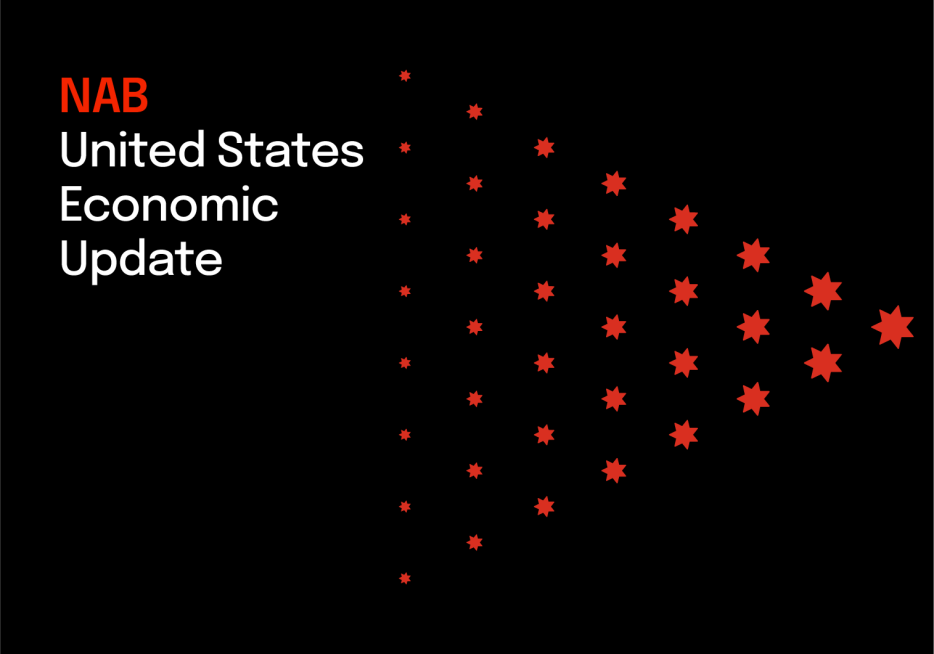US Fed – September cut but still see gradual easing


Insight
Financial Stability Review, RBA Governor a panellist at the Melbourne Economic Forum and second tier labour market data. Election tomorrow and Trade data next week.
A light data week ahead with only second-tier data and a couple of RBA events. On the data front, August skilled vacancies are released on Wednesday and Q3 job vacancies on Thursday, both of which should be consistent with a solid outlook for employment growth (although not as strong as the August 121K gain!).
Also on Wednesday next week the RBA releases its biannual Financial Stability Review. Most interest will be in the commentary on the housing market – in particular if the RBA is seeing any signs that speculative activity is rising to uncomfortable levels. The RBA is likely to repeat its warning that banks should not unduly increase their risk appetite or relax their lending standards for dwelling finance. And they will again stress that investors and owner-occupiers must understand that rising house prices will not continue indefinitely.
On Thursday, RBA Governor Glenn Stevens is a panel participant at the Melbourne Economic Forum, where the topic to be discussed is “Financial System Reform and the Conduct of Monetary Policy”. The forum begins at midday.
This weekend, the G20 Finance Ministers and Central Bank Governors are meeting in Cairns, Queensland. There is unlikely to be anything too interesting for markets. The key topics for the weekend are infrastructure, bank regulation and Treasurer Hockey;s growth goal (aiming to lift to the collective G20 growth by more than 2% above the path implied by current policies, over the next 5 years).
The TV coverage of Saturday’s general election begins right as the polls close, 7:00pm. But with early voting far higher than in previous elections we should get a good grip on the numbers early in the evening (with some commentators probably trying to call it by 8:00pm). In terms of the form of New Zealand’s next government, however, much might yet depend on how the various smaller parties fare. This might necessitate a period of horse trading. We’ll take the results as they come and report back on any material implications for our economic views, as necessary.
As for the local economic data next week it is relatively thin. Monday’s WMM consumer confidence index might be excused for slipping a bit, from its 121.2 level of June – given the proximity of the election as well as usual seasonal impacts. For Wednesday’s merchandise trade report we’ve pencilled in a 4% decline in August’s exports, y/y, as lower commodity prices begin to bare their teeth. This, combined with the flat annual growth we assume for merchandise imports, would deliver an August deficit of $1,367m, which would pull the annual surplus down to $1,155m. Wednesday afternoon’s LVR Ratio, excluding exemptions, will be compared to July’s result of 6.5% (and relative to the 10.0% ceiling).
The key release next week will be Tuesday’s preliminary reading for the HSBC manufacturing PMI for September. In August this fell to 50.2 from 51.7 in July, so a move below 50 would further raise fears that Chinese activity is slowing faster than expected, after the very soft industrial production data last weekend. Also next week, the September MNI consumer sentiment data is released on Wednesday and August industrial profits are out on Saturday.
© National Australia Bank Limited. ABN 12 004 044 937 AFSL and Australian Credit Licence 230686.